 |
 |
 |
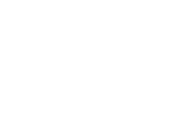
|
Women's kerchiefs (detail) from the type donated to the
synagogue
Uzbekistan and Afghanistan,
early 20th century
Silk and brocaded silk
Gift of Shula Rachlevsky, Tel Aviv
Gift of Leah Doron
Photo © The Israel Museum, Jerusalem, by Mauro Magliani
|
|
 |
THE ISRAEL MUSEUM
Dress Codes: Revealing the Jewish Wardrobe
11/3/2014-3/1/2015
Bella and Harry Wexner Gallery
Curator: Efrat Asaf Shapira
Roots of Fashion Explored in Sweeping Exhibition of
Traditional Clothing from around the Jewish World
Over 200 years of costumes from four continents on display beginning March 11
Jerusalem, February 18, 2014 – The first comprehensive exhibition of its kind, Dress Codes: Revealing the Jewish Wardrobe at the Israel Museum brings together an array of traditional apparel from the 18th through the 20th centuries from the Museum’s world-renowned collection of Jewish dress
|

|
Posted 2 October 2014
|
Share this:
|
|
The exhibition features over one hundred costumes from four continents in a visually rich display that showcases the colors, textures, history, and symbolism of clothing. Opening the door to garments deep within the Jewish wardrobe, the exhibition presents clothing as representative of such universal human themes as identity and memory. Dress Codes offers a cross-cultural celebration of the history of Jewish dress and the ways in which traditional clothing has stimulated fashion design throughout history and continues to inspire the styles of today. The exhibition is on view from March 11 through January 3, 2015.
|
|
|
|
|
|
The exhibition features over one hundred costumes from four continents in a visually rich display that showcases the colors, textures, history, and symbolism of clothing. Opening the door to garments deep within the Jewish wardrobe, the exhibition presents clothing as representative of such universal human themes as identity and memory. Dress Codes offers a cross-cultural celebration of the history of Jewish dress and the ways in which traditional clothing has stimulated fashion design throughout history and continues to inspire the styles of today. The exhibition is on view from March 11 through January 3, 2015.

|

|

|

|

|
|
|
Men's coat with a hamsa in
its lining
Baghdadi Jews, Calcutta,
India, late 19th century
Brocaded silk, gilt cords
embroidery
Gift of Anne Menasseh, London
Photo © The Israel Museum, Jerusalem, by Mauro Magliani
|
|
|
|
|
Leggings
Sana'a, Yemen, 1930's
Silver cord embroidery on
cotton, mother-of-pearl,
sequins, kauri shells
Lent by WIZO (Women's International Zionist Organization) in memory of Martha Bamberger, a longtime member of the World WIZO Executive
Photo © The Israel Museum, Jerusalem, by Mauro Magliani
|
|
|
|
|
Clothes of Rabbi Hayyim
Moshe Bejerano Efendi, Chief Rabbi of Turkey (1920-
1931)
Turkey, early 20th century
Broadcloth, gilt metal thread
couched embroidery
Gift of Diamant Baratz Béjarano and Arnaldo Béjarano, Courbevoie, France
Photo © The Israel Museum, Jerusalem, by Mauro Magliani
|
|
|
|
|
|
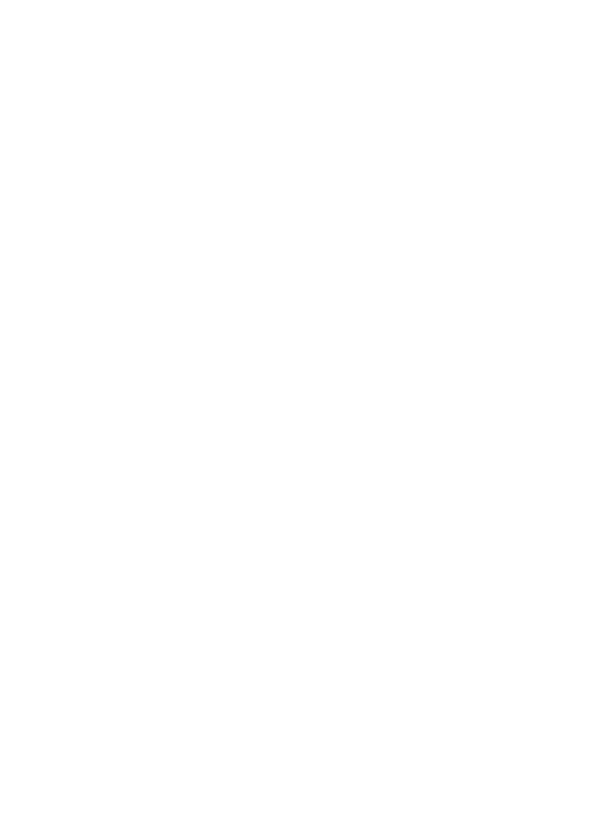
Women’s attire influenced
by the outfit of the Parisian
ballet dancers
Mashhad, Iran, early 20th
century
Silk, silk velvet and cotton
satin, gilt metal cord
embroidery
Purchased through the gift of Bruce Kovner, New York
Photo © The Israel Museum, Jerusalem, by Mauro Magliani
|
|
|
|
|
|
"Our treasury of Jewish dress – the richest of its kind in the world – was assembled over many years and holds a special place of pride among the Museum’s collections - most especially as a testament to the trappings of Jewish life and their universal context," said James S. Snyder, Anne and Jerome Fisher Director of the Israel Museum. "We are delighted to be able to present so comprehensive a display reflecting the incredible depth and diversity of our costume holdings as a vivid illustration of the myriad ways in which the history of Jewish dress informs and is informed by the broader history of world fashion."
|

|

|

|
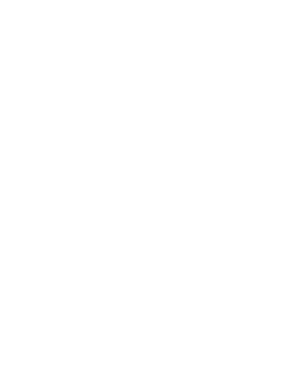
Jewish women's wrap (izar)
and face veil (khiliyye)
Baghdad, Iraq, late 19th–
early 20th century
Silk, gilt metal thread, horse
hair weave
Gift of Helene Simon and Hanina Shasha, New York in
memory of their mother Louise Zilka, née Bashi
Gift of Mazli Nawi, Ramat Gan
Photo © The Israel Museum, Jerusalem, by Mauro Magliani
|
|
The exhibition is organized around five themes, providing a framework for exploring the range of clothing on view:
Through the Veil
The extent to which a woman is concealed by her clothing raises the recurrent question of free choice versus social pressure and has inspired a long-standing debate over whether such symbols of modesty represent a positive assertion of religious identity or a form of coercion. The theme of “Through the Veil” explores this tension through items of women’s clothing from Central Asia. Influenced by local Islamic cultures, the wraps, cloaks, and facial veils on display were worn as outdoor garments by Jewish women.
|
|
|
|
|

|

|

|
In addition to covering a woman’s body and face as an expression of modesty, these trappings reveal important aspects of her identity relating to religion, status, and place of origin. In the mid-20th century in Herat, Afghanistan, for example, the everyday attire of the Jewish women differed from that of Muslim women. While Jewish women wrapped themselves with a black chader and hid their faces behind a white netted and embroidered veil, Muslim women covered themselves with a wide, colorful one-piece wrap (chader burkah) that hid their bodies from head to toe, with only a netted opening for the eyes.
|
|
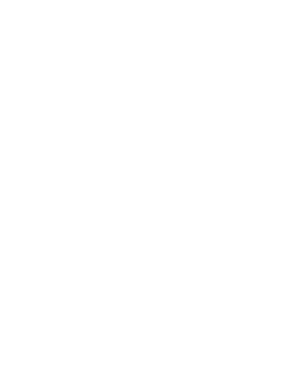
Woman’s outer cloak (‘abay)
Baghdad, Iraq, early 20th century
Silk, gilt metal thread
Gift of Ayala Dabby, Ramat Gan, from the estate of her aunt Jane Shasha, Baghdad, and Jane’s daughter Rosa Dabby, London, given in their memory
Photo © The Israel Museum, Jerusalem, by Mauro Magliani
|
|
|
|

|

|

|
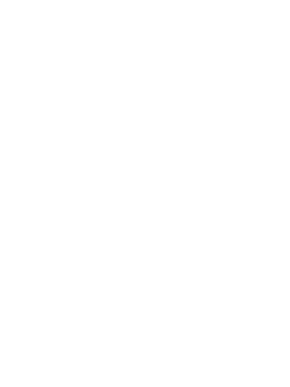
Underwear, trousseau items
Rome, Italy, early 20th century
Cotton and silk, open work ajour embroidery, cotton
thread embroidery, cotton
tulle, lace
Gift of Marina Della Seta, Rome, in memory of her mother Elvira Ester Della Seta, née Calò, and her grandmother Virtuosa Calò
née Di Cave
Photo © The Israel Museum, Jerusalem, by Mauro Magliani
|
|
Exposing the Unseen
This section of the exhibition provides an opportunity to examine the fine and often hidden details of clothing. Underclothes, linings of garments, and icons stitched into clothing – whether hidden or in plain view – can be carriers of intriguing cultural symbols, often understandable only to some. These garments or details, often elaborately crafted, sometimes paradoxically drew attention to the very thing they were intended to obscure. Highlights include items worn by women in the Baghdadi community in India that blend traditional dress from Baghdad with strong Victorian influences. A bodice or brassiere, worn under the shirt and visible through it, accentuates the bosom, while also covering it.
|
|
|
|
|
|
Fusion in Dress
In many different places in the world, the melding of fashions imported from afar with local costumes led to innovative creations in dress. A fascinating example of this early fusion is a popular Persian women's costume from the early 20th century that recalls a tutu. The Shah, following a trip to Paris in 1873, brought home with him an enthusiasm for European styles, particularly of the costumes he saw at the Parisian ballet. Over the years, the influx of Western culture into traditional societies gradually merged with local clothing traditions to create a new fashion vernacular. In later years, this trend became reversed, with Western cultures embracing non-Western garments as exotic and authentic sources of fashion inspiration.
|
|

|

|

|
Little Women and Little Men
Many of the children’s garments displayed in this section of the exhibition appear as miniature versions of adult clothing, a reflection of children’s roles in traditional societies, in which they were considered adults-in-the-making from an early age. Because of the higher value often placed on boys by traditional societies, superstitious attempts were made in some communities to confuse the evil forces intent on harming young boys by dressing them in girls’ clothing. In addition, babies and toddlers often wore special amulets to protect them from harm, due to fears of child mortality. Such is the case with the dress from Yemen illustrated here, worn by a girl after her recovery from smallpox and covered with amulets to keep its wearer safe.
|
|
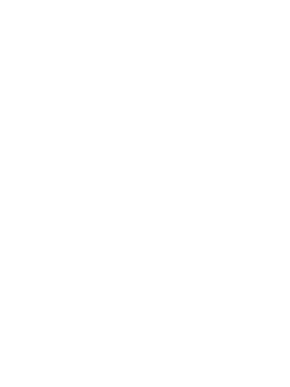
Baby clothes for post-natal
ceremonies
Baghdad, Iraq, 1920s
Silk, gilt metal thread and
tinsel embroidery
Gift of Ruth Levy, Jerusalem,
and Shoshana Doron, Tel
Aviv, in memory of Sarah and Shaul Levy
Gift of Margalit Shachar, Jerusalem
Purchased through the gift of Charlotte and Willy Reber, Valbella, Switzerland
Photo © The Israel Museum, Jerusalem, by Mauro Magliani
|
|
|
|
|
|
Clothing That Remembers
Clothing often serves to perpetuate the memory of the dead, sometimes after being redesigned to fulfill a new role. From the late 19th century, it was a common practice for Sephardi Jewish women in the Ottoman Empire to donate precious dresses and trousseau items to the synagogue, where they would be transformed for ritual use. The exhibition features examples of these items, including a bindalli bridal dress alongside a Torah ark curtain created from a similar dress. The tradition of donating such items to the synagogue endured long after the original dresses had become dated, and transitional bindalli fashion thus remained alive in Sephardi synagogues long after the passing of the brides who wore these dresses.
|
|
|
|
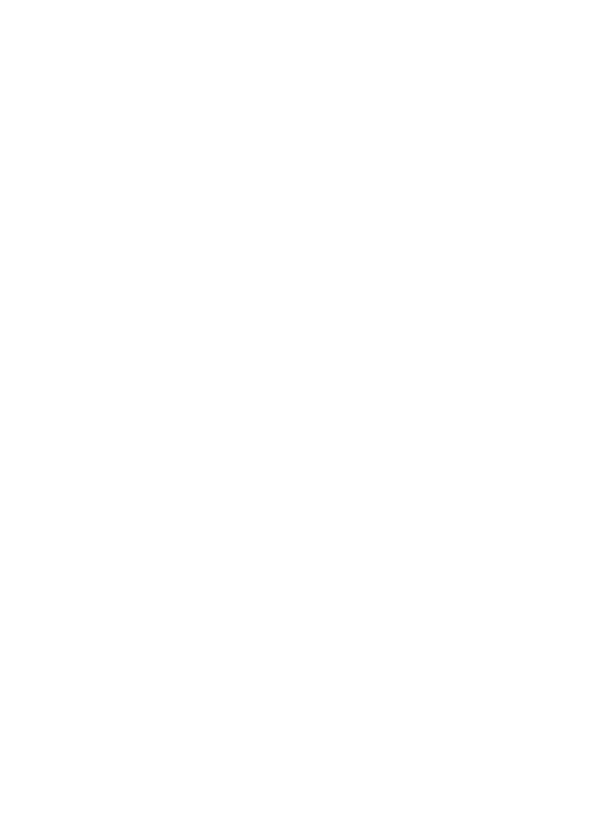
Bridal outfit
Tunis, Tunisia, early 20th century
Satin silk, gilt metal cords
embroidery, cotton thread
embroidery on tulle
The Zeyde Schulmann Collection in The Israel Museum, Jerusalem
Photo © The Israel Museum, Jerusalem, by Mauro Magliani
|
|
|
|

|

|

|
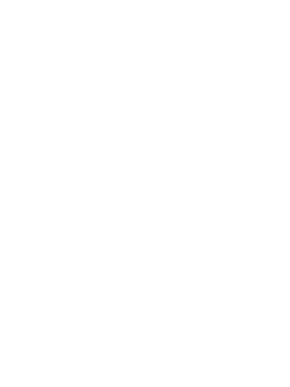
Women’s dress
Germany, 1850s
Silk taffeta, silk velvet, cotton lace
Lent by Judith Goldstein, née Hoffmann, Stockholm, Sweden
Photo © The Israel Museum, Jerusalem, by Mauro Magliani
|
|
Dress Codes: Revealing the Jewish Wardrobe is curated by Efrat Assaf-Shapira, Associate Curator in the Jack, Joseph, and Morton Mandel Wing for Jewish Art and Life. The exhibition is made possible by the Aaron Beare Foundation, Durban, South Africa, and the donors to the Museum’s 2014 Exhibition Fund: Claudia Davidoff, Cambridge, MA, in memory of Ruth and Leon Davidoff; Hanno D. Mott, New York; the Nash Family Foundation, New York; and Yad Hanadiv, the Rothschild Foundation in Israel.
|
|
|
|
|
|
The Israel Museum, Jerusalem
The Israel Museum is the largest cultural institution in the State of Israel and is ranked among the leading art and archaeology museums in the world. Founded in 1965, the Museum houses encyclopedic collections ranging from prehistory through contemporary art and includes the most extensive holdings of Biblical and Holy Land archaeology in the world, among them the Dead Sea Scrolls. In just under 50 years, the Museum has built a far-ranging collection of nearly 500,000 objects through an unparalleled legacy of gifts and support from its circle of patrons worldwide. In 2010, the Museum completed a comprehensive renewal of its campus led by James Carpenter Design Associates, New York, and Efrat-Kowalsky Architects, Tel Aviv, including the creation of new galleries, orientation facilities, and public spaces, and the complete reinstallation of its encyclopedic collections. The Museum also organizes and presents programming at its off-site locations in Jerusalem at the Rockefeller Archaeological Museum, where it presents archaeological artifacts from the Land of Israel; and at its historic Ticho House in downtown Jerusalem, a venue for exhibitions of contemporary Israeli art.
ISRAEL
JERUSALEM
The Israel Museum
11 Ruppin Boulevard
POB 71117
Jerusalem, 9171002
Israel
+972-2-670-8811
http://www.english.imjnet.org.il
|
|
|

|

|

|

|

|
|
|
Woman’s outfit
Alexandria (?), Egypt, 1920s
Cotton tulle, silver tinsel embroidery
Purchased through the gift
of Dr. Willy and Charlotte
Reber, Valbella, Switzerland
Photo © Elie Posner
Photo © The Israel Museum, Jerusalem, by Mauro Magliani
|
|
|
|
|
Woman’s coat with a richly
decorated lining
Bukhara, Uzbekistan, late 19th century
Brocaded silk, lining: silk and cotton, ikat-dyed
Photo © The Israel Museum, Jerusalem, by Mauro Magliani
|
|
|
|
|
Wedding dress
Edirne, Turkey
early 20th century
Photo © The Israel Museum, Jerusalem, by Mauro Magliani
|
|
|
|
|
|


